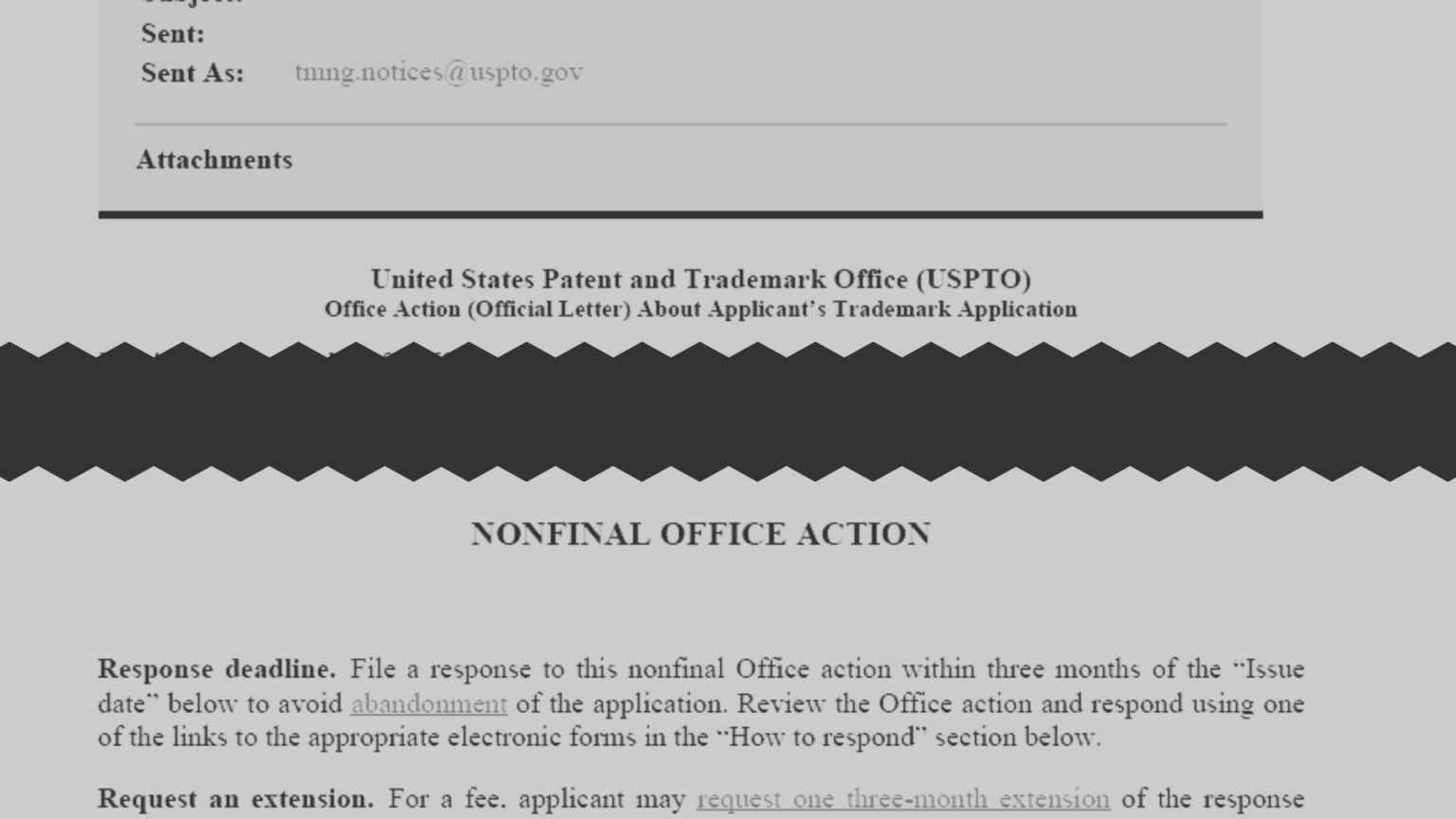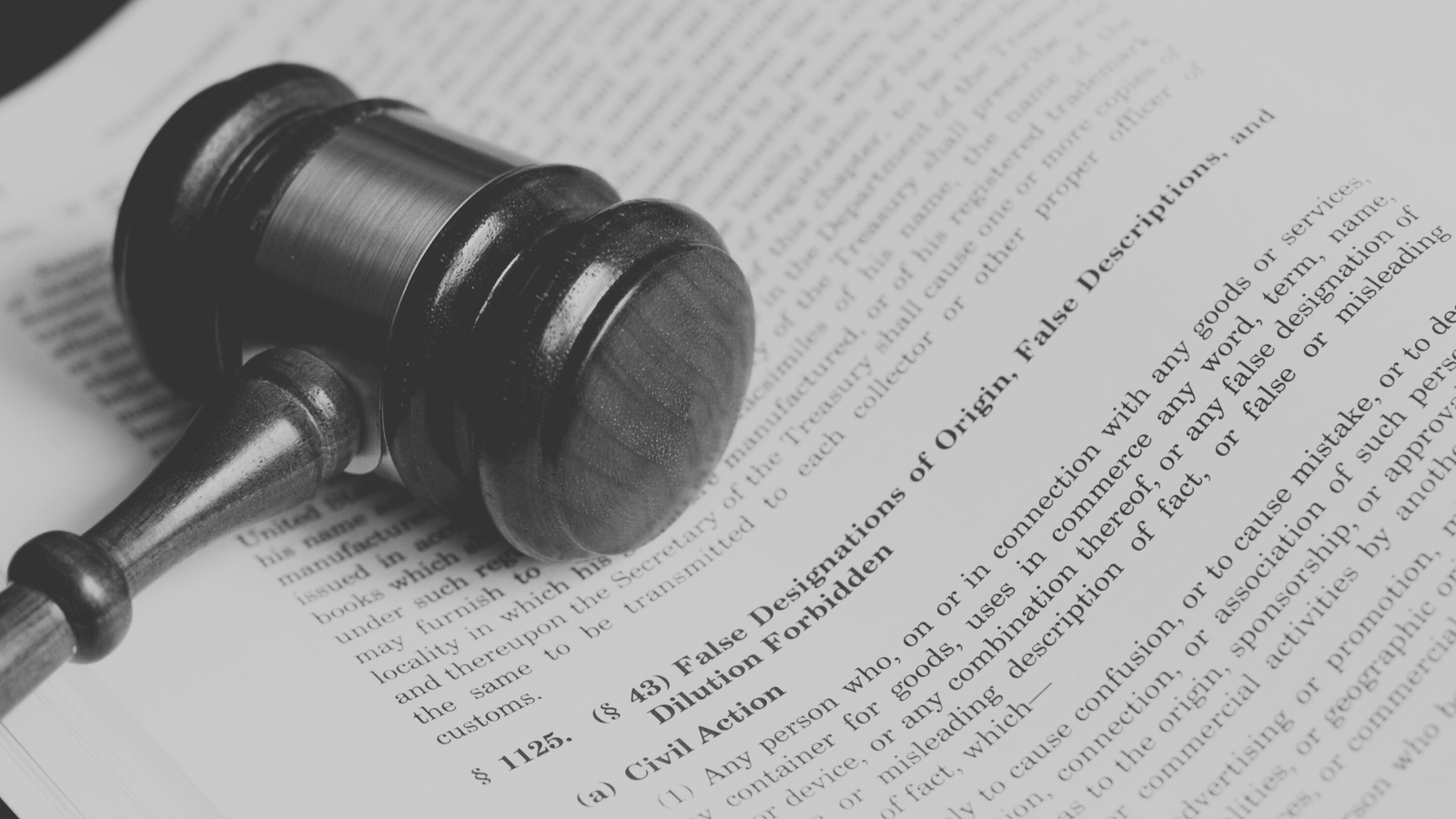If you are seeking trademark registration before the United States Patent and Trademark Office (USPTO), you may have received an office action. To understand what an office action is and how it affects your trademark application, you must understand a trademark application’s journey from initial application submission to issuance of a registration certificate.
The life of a trademark application generally has the following four phases of prosecution:
- Submission: drafting and filing your trademark application with the USPTO;
- Examination: review of your application by a USPTO examining attorney;
- Opposition: publication of your application so others may object to it; and
- Post-publication: resolution of final application concerns before registration.
To receive a federal registration certificate, a trademark application must pass all of these phases. If an application does not pass a phase, the USPTO will not issue a registration certificate for that trademark application. Moreover, the USPTO will not refund the application fees for an application that does not pass a given phase.
A trademark applicant who receives an office action is most likely in the second phase of examination. It is possible to receive an office action in the fourth phase of post-publication, or even after already receiving a trademark registration. However, office actions are most common during the second examination phase. The examination phase is also where most applicants first receive an office action. For some applicants, it may be the only time.
An office action is a letter that identifies a problem with your application or registration. The USPTO does not issue trademark registration certificates as a matter of course. Instead, USPTO examining attorneys conduct a substantive review of each trademark application to determine whether it may proceed to the third phase of opposition. This review encompasses several things, including whether the applied-for mark has a likelihood of confusion with another registered mark, whether the applied-for mark has actually been used in commerce, and whether the application contains permissible goods and/or services descriptions. These are but a few points of review. If an issue arises due to one or more considerations, the examining attorney will issue an office action explaining the issues.
There are three types of office actions: (1) non-final office actions; (2) priority actions; and (3) final office actions. An examining attorney generally issues a non-final office action when identifying a new issue with your application that the attorney has not yet identified. A priority action is similar to a non-final office action except that a priority action allows an application to proceed more quickly to the next phase of prosecution if an adequate response is filed within the required time. An examining attorney issues final actions when an applicant has failed to adequately address concerns raised in prior office actions. While examining attorneys try to raise all existing issues in the same office action, that does not always happen. Examining attorneys are people, and none of us are perfect.
Receiving an office action is not necessarily a death knell for your application. You may be able to file a response that fixes your application’s problems or otherwise overcomes the office action. However, your application will fail (called “abandonment”) if you fail to respond or if you respond inadequately to your office action. A response that overcomes an office action could still unnecessarily prejudice your trademark rights if it is not submitted by a knowledgeable trademark attorney. Therefore, consulting a trademark professional may be well advised.



